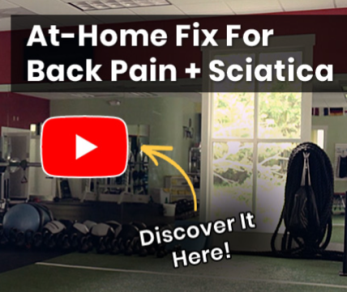I am excited to share with you a rejuvenating 40-minute yoga workout designed to enhance both strength and flexibility. Join me as we embark on a full-body yoga flow that will leave you feeling empowered and energized. Let’s dive into this invigorating practice together!
Introduction
Hey there, friends! Today, I’m thrilled to share with you an invigorating full-body yoga flow that will surely boost your strength and flexibility. Through this 40-minute yoga workout, we will explore various poses and movements that can help you feel more energized and centered. So, roll out your mat, take a deep breath, and let’s dive into this yoga journey together!
Getting Started: Prep and Mindset
First things first, before we jump into the physical aspect, it’s crucial to set the right mindset for our practice. Find a quiet space, put on some soothing music if you like, and take a moment to focus on your breath. Remember, yoga is not just about the poses; it’s about the connection between your breath, body, and mind.
- Find a comfortable kneeling position.
- Close your eyes and take deep, slow breaths, inhaling positivity and exhaling any tension or stress.
Shoulder and Spine Stretches
As we begin our yoga flow, let’s start with some gentle shoulder and spine stretches to loosen up those tight muscles and increase flexibility.
- Reach your arms overhead and gently lean from side to side.
- Roll your shoulders back and down, feeling the release of tension with each movement.
Neck Stretches for Relaxation
Neck stretches are essential, especially if you’ve been sitting at a desk all day. Let’s release the tension in our neck muscles with some easy side-to-side movements.
- Gently tilt your head to one side, feeling a stretch along the opposite side of your neck.
- Switch to the other side, breathing deeply and allowing the stretch to work its magic.
Wrist Stretches for Strength
Our wrists often bear the brunt of our daily activities, so it’s important to give them some love and attention too. Let’s do some wrist stretches to prevent injury and improve strength.
- Place your hands on the mat with fingers spread apart, gently rocking back and forth to stretch the wrists.
- Circle your wrists in both directions, focusing on creating fluid movements and alleviating any stiffness.
Core Engagement and Hip Circles
Engaging our core muscles is crucial for stability and balance in yoga poses. Let’s activate our core and add some hip circles for a bit of fluid movement.
- Draw your belly button towards your spine, engaging your core muscles.
- Circle your hips in a clockwise and counterclockwise motion, feeling the connection between your breath and movement.
Plank Position: Upper Body Activation
Plank pose is a fantastic way to strengthen your upper body, especially the arms, shoulders, and core. Let’s hold this pose for a few breaths to build heat and engage those muscles.
- Come into a push-up position, wrists directly under your shoulders, and hold steady.
- Keep your core engaged and breathe deeply, feeling the power and strength building within you.
Cobra Stretches and Downward-Facing Dog Poses
Cobra and Downward-Facing Dog are classic yoga poses that offer a wonderful stretch for the spine, shoulders, and hamstrings. Let’s flow through these poses with grace and mindfulness.
- From Cobra pose, push back into Downward-Facing Dog, pedaling out your feet and lengthening through your spine.
- Feel the extension in your body, creating space and freedom with each breath.
Conclusion
As we wrap up our rejuvenating 40-minute yoga flow, I hope you feel more grounded, strong, and flexible. Remember to continue breathing deeply throughout your practice and listen to your body’s needs. With dedication and consistency, you will surely see progress in your strength and flexibility over time.
FAQs
- Can I do this yoga workout if I’m a beginner?
- Is it necessary to warm up before starting this full-body yoga flow?
- How often should I practice this yoga routine for optimal results?
- What should I do if I experience discomfort during a particular pose?
- Are there any variations or modifications for those with physical limitations or injuries?

